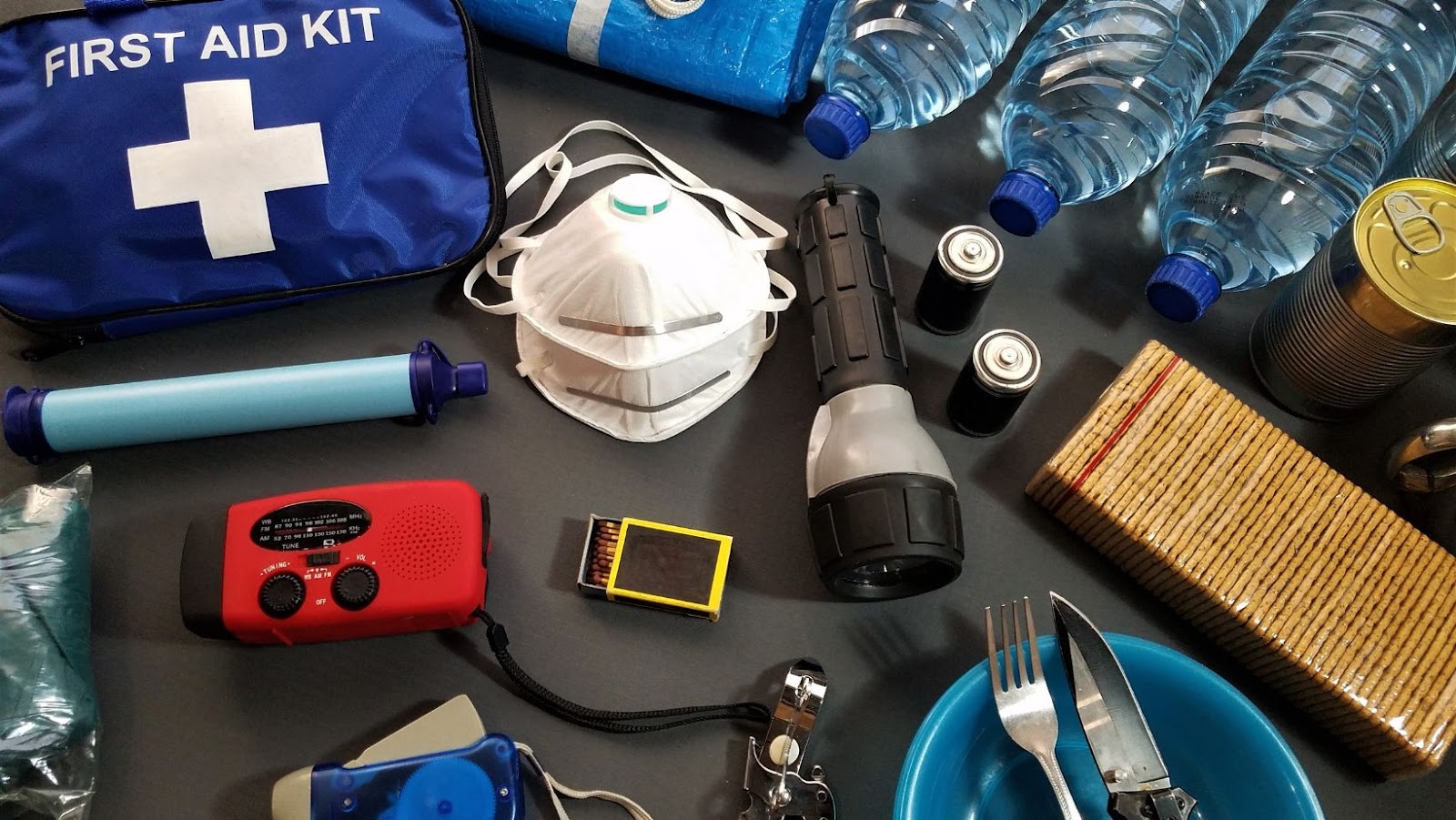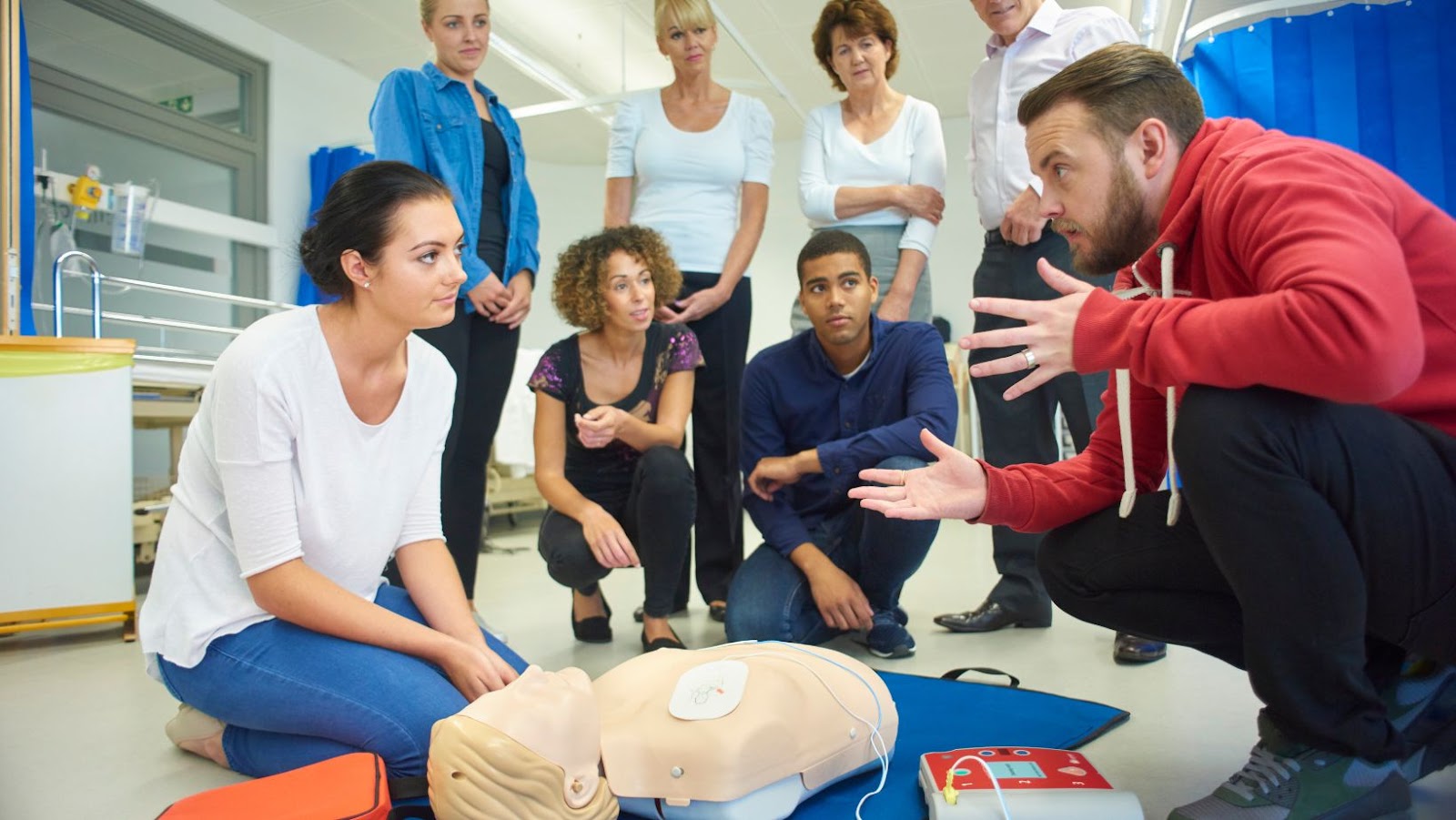One crucial aspect of travel safety is having a solid understanding of first aid techniques and being able to respond effectively to emergencies. This article will cover topics such as recognising and responding to opioid overdose, managing anaphylaxis, responding to stroke, addressing severe bleeding, and learning CPR and AED use. By arming yourself with these essential skills, you can ensure your and others’ safety while travelling.
Recognising And Responding to Opioid Overdose
Recognising the signs of opioid overdose is crucial when travelling, as you may encounter individuals in distress. Symptoms to watch out for include pinpoint pupils, slow or shallow breathing, unresponsiveness, and pale or clammy skin. If you suspect an opioid overdose, immediately call emergency services and stay with the person, providing any relevant information to the dispatcher. If you have access to naloxone, an opioid overdose reversal medication, follow the instructions on administering it until professional help arrives. By recognising and responding promptly to opioid overdoses, you can potentially save a life and prevent further harm.
Managing Anaphylaxis
When travelling, it’s important to be aware of the signs of anaphylaxis, which can include difficulty breathing, swelling of one’s face or throat, hives, and dizziness. If someone carries an epinephrine auto-injector (EpiPen), assist them in using it according to the provided instructions. It’s important to remember that even if the person’s symptoms improve after using epinephrine, seeking immediate medical attention is necessary to ensure their well-being.

Familiarising yourself with anaphylaxis management ensures that you can provide timely assistance to someone experiencing a severe allergic reaction and help prevent potentially life-threatening complications.
Responding to Stroke
A stroke can occur at any time, including during travel, making it vital to understand how to respond appropriately. You can recognise the warning signs of a stroke by remembering the FAST acronym: Face drooping, arm weakness, speech difficulty, and time to call emergency services.
If you suspect someone is having a stroke, call emergency services immediately and note the onset time, as this information is critical for medical professionals. While waiting for medical help to arrive, staying with the person is important, keeping them comfortable and reassured.
Refrain from offering them anything to eat or drink, as they may have difficulty swallowing. By responding swiftly to a stroke, you can minimise its impact and improve the chances of a positive outcome.
Addressing Severe Bleeding
Injuries resulting in severe bleeding can occur unexpectedly, and knowing how to respond is essential, especially while travelling. In the event of heavy bleeding, a sterile dressing or clean cloth should be used to apply direct pressure to the wound as soon as possible. This pressure helps stem the bleeding until further medical assistance can be obtained. Elevate the injured limb above the heart level to help reduce blood flow to the area. It is vital to contact emergency services or transport the person to the nearest healthcare facility for further treatment. Addressing severe bleeding promptly and effectively can minimise blood loss and save a life while travelling.
CPR And AED Use
In the event of a cardiac arrest, knowing how to perform cardiopulmonary resuscitation (CPR) and using an automated external defibrillator (AED) are two skills that can save a person’s life. Learning CPR involves performing chest compressions at 100-120 per minute and delivering rescue breaths. If an AED is available, follow the device’s instructions for use. AEDs can help restore normal heart rhythms in cases of sudden cardiac arrest.

By being trained in CPR and AED use, you can provide immediate assistance to someone experiencing a cardiac emergency, increasing their chances of survival until professional medical help arrives.
Conclusion
First aid training from an accredited provider is paramount for travel safety. By equipping yourself with the knowledge and skills required to respond effectively to emergencies, you become a valuable asset in any health crisis that may arise during your travels. Recognising and responding to opioid overdoses, managing anaphylaxis, responding to strokes, addressing severe bleeding, and learning CPR and AED are essential for well-rounded first-aid training. Remember, being prepared can make a significant difference in saving lives and reducing complications.























